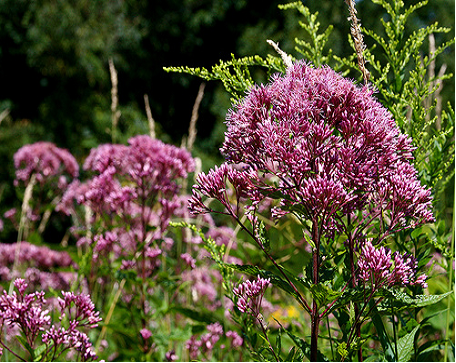
Blossom Blog
Blossom Blog is our online bulletin board. It's where we will post the Plant of the Month, as well as any suggestions you want to share. Email these to a member of the Online Communications Committee and ask for them to be posted.
|
Copyright 2023 Bath Gamma Garden Club, Bath Ohio. All rights reserved.
|
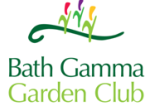
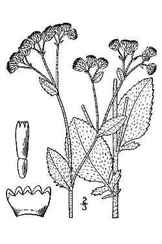
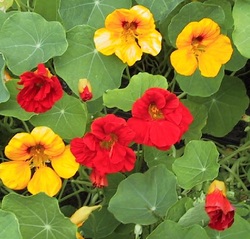
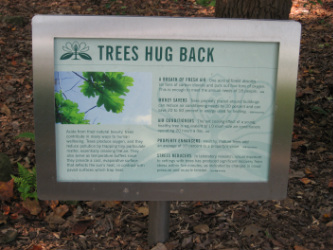
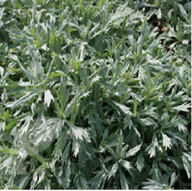
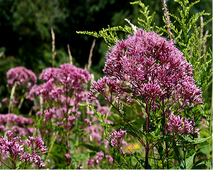
 RSS Feed
RSS Feed